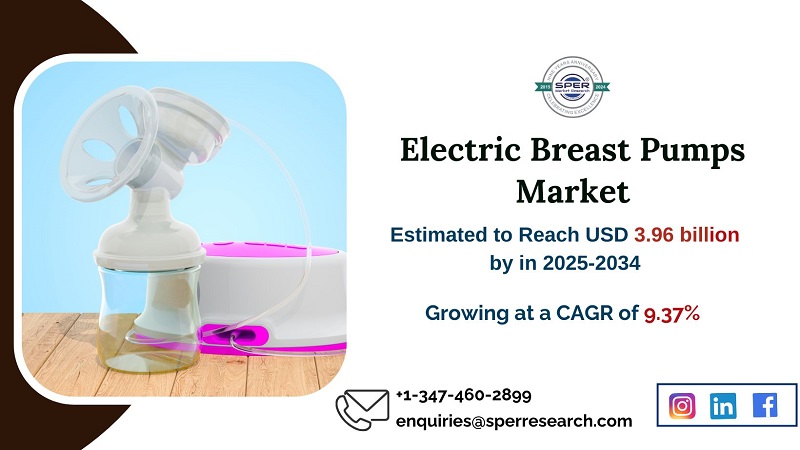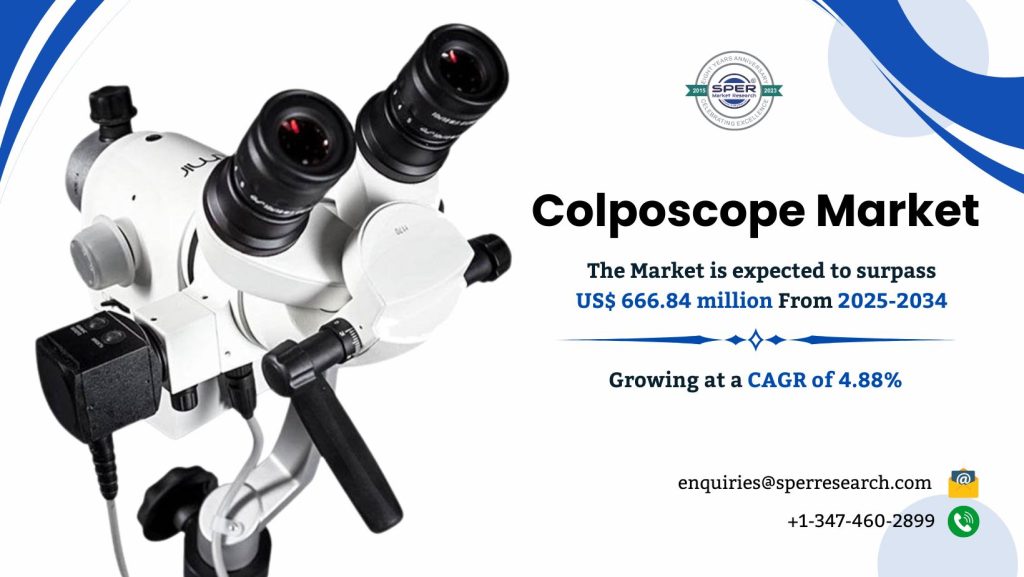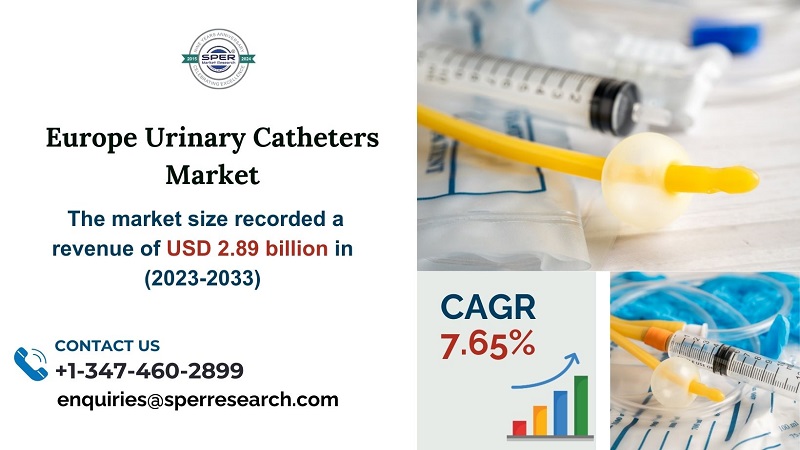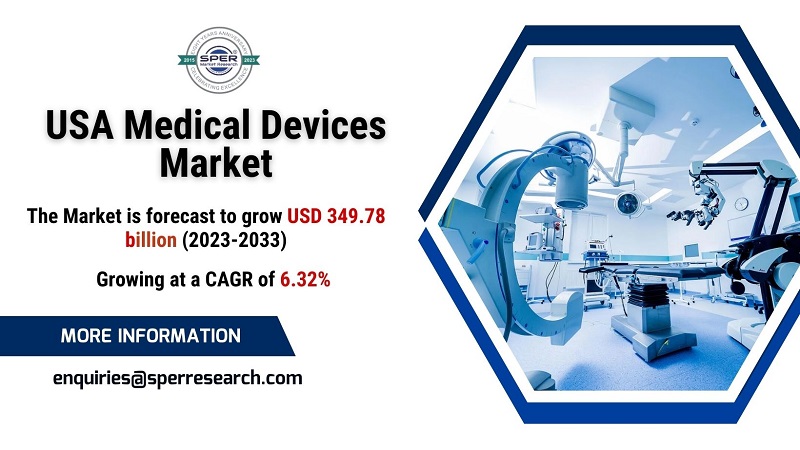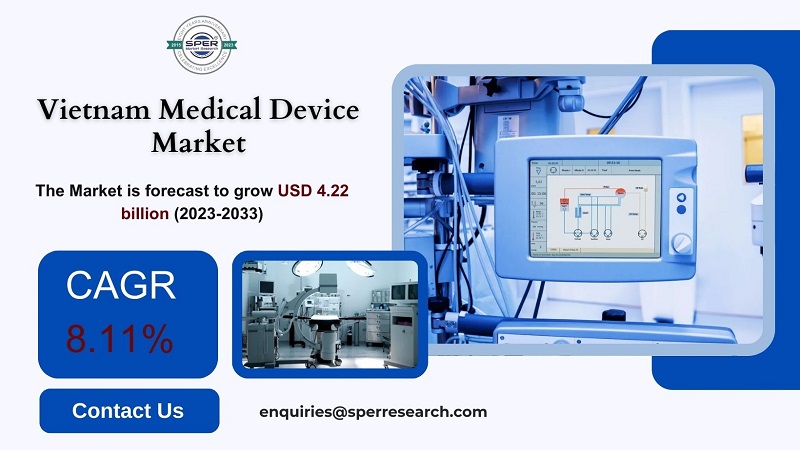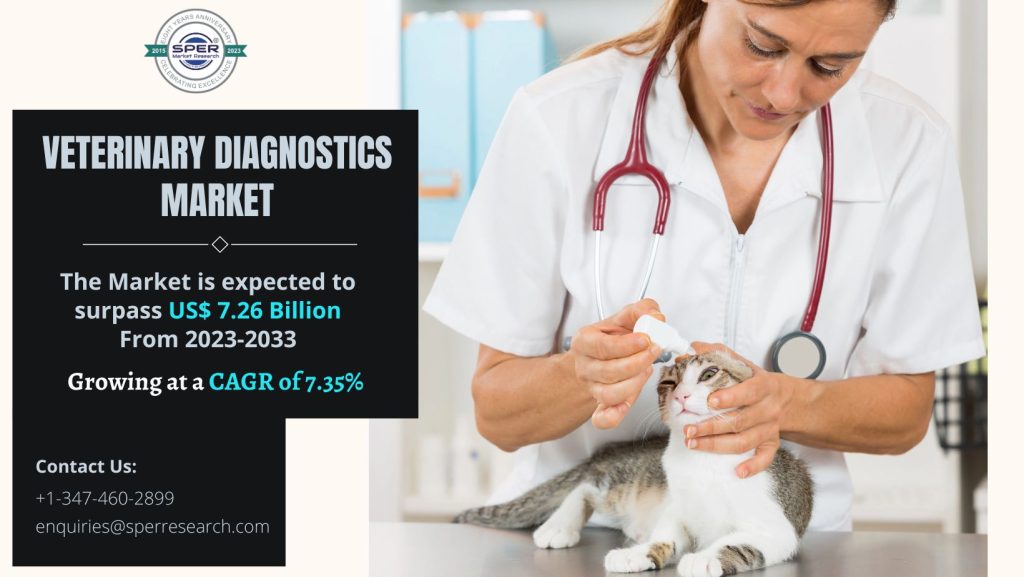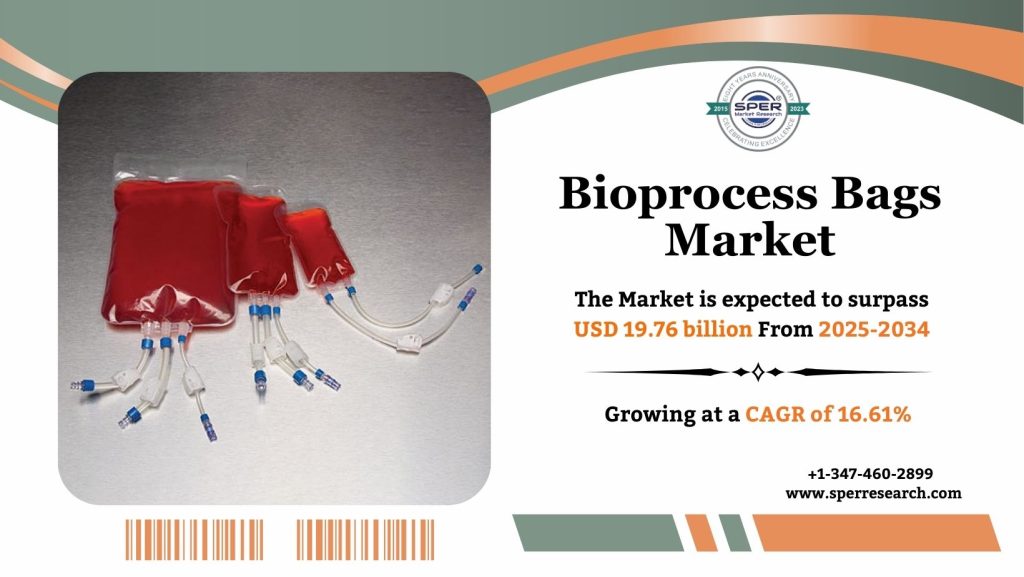Due to its ease of use, effectiveness, and versatility in milk expression, electric breast pumps have revolutionized breastfeeding for moms all over the world. These battery-operated or electric devices are designed to help nursing mothers extract and store breast milk so that their babies have a steady supply even when they are not around. Due to increased female labor force participation, increased knowledge of the advantages of breastfeeding, and advancements in medical technology, the market for electric breast pumps has grown significantly in recent years. Women who are working, have health conditions that make direct nursing impossible, or are having trouble lactating will find these pumps extremely helpful.
According to SPER market research, ‘Electric Breast Pumps Market – By Product Type, By Usage Pattern, By Distributional Channel – Regional Outlook, Competitive Strategies and Segment Forecast to 2034’ state that the Global Electric Breast Pumps Market Size is predicted to reach 3.96 billion by 2034 with a CAGR of 9.37%.
Drivers: Many major factors contribute to the rapid expansion of the global electric breast pump market. One key cause is the increasing work rate of women worldwide, which has resulted in a greater desire for pleasant nursing options that are compatible with professional commitments. Technological developments have also contributed significantly to market expansion. Innovations such as quieter engines, portable designs, and smart networking have increased the efficiency and user experience of electric breast pumps, making them more appealing to modern mothers. These developments address the need for discrete and effective milk expression, especially among working women who must manage professional and personal responsibilities. Furthermore, growing awareness of the health benefits of breastfeeding has increased the use of electric breast pumps.
Restraints: The global electric breast pump market faces certain challenges that may impede its growth. The high cost of electric breast pumps may discourage potential users, particularly in low-income communities. Many mothers who could benefit from these gadgets cannot afford them owing to financial restrictions. Furthermore, the risk of contamination from improper cleaning and maintenance of breast pump components raises health concerns and may deter use. Ensuring adequate hygiene needs rigorous cleaning measures, which are not always feasible, raising worry among consumers. Furthermore, inadequate awareness and education about the availability and benefits of electric breast pumps, particularly in developing countries, impedes market adoption.
Request For Free Sample Report @ https://www.sperresearch.com/report-store/electric-breast-pumps-market?sample=1
North America dominates the global electric breast pump market. This dominance is partly due to the region’s high work rates among women, which raises demand for accessible nursing options that coincide with their professional obligations. Some significant market players are Ameda Inc., Medela AG, Koninklijke Philips N.V., Pigeon, Dr. Trust.
Electric Breast Pumps Market Segmentation:
By Product Type: Based on the Product Type, Global Electric Breast Pumps Market is segmented as; Single Pump, Double Pump.
By Usage Pattern: Based on the Usage Pattern, Global Electric Breast Pumps Market is segmented as; Hospital, Homecare, Others.
By Application: Based on the Application, Global Electric Breast Pumps Market is segmented as; Hospital Pharmacy, Retail Pharmacy, Online Pharmacy.
By Region: This research also includes data for North America, Latin America, Asia-Pacific, Europe, Middle East & Africa.
For More Information, refer to below link: –
Electric Breast Pumps Market Forecast
Related Reports:
Contact Us:
Sara Lopes, Business Consultant — USA
+1–347–460–2899
